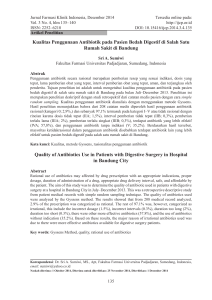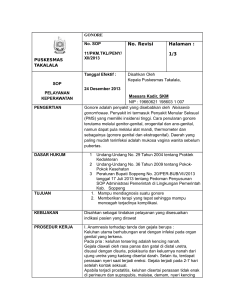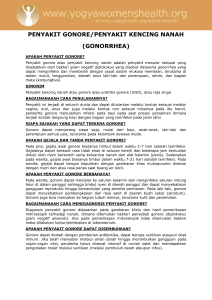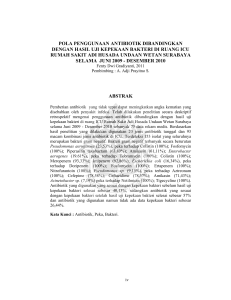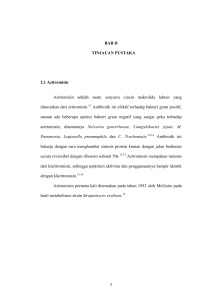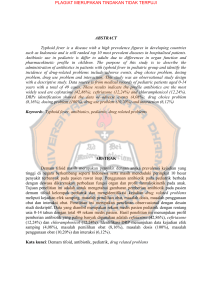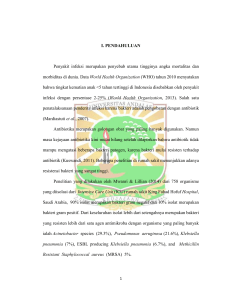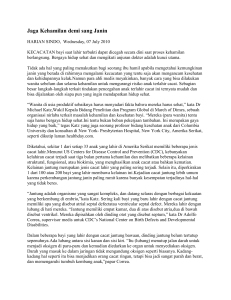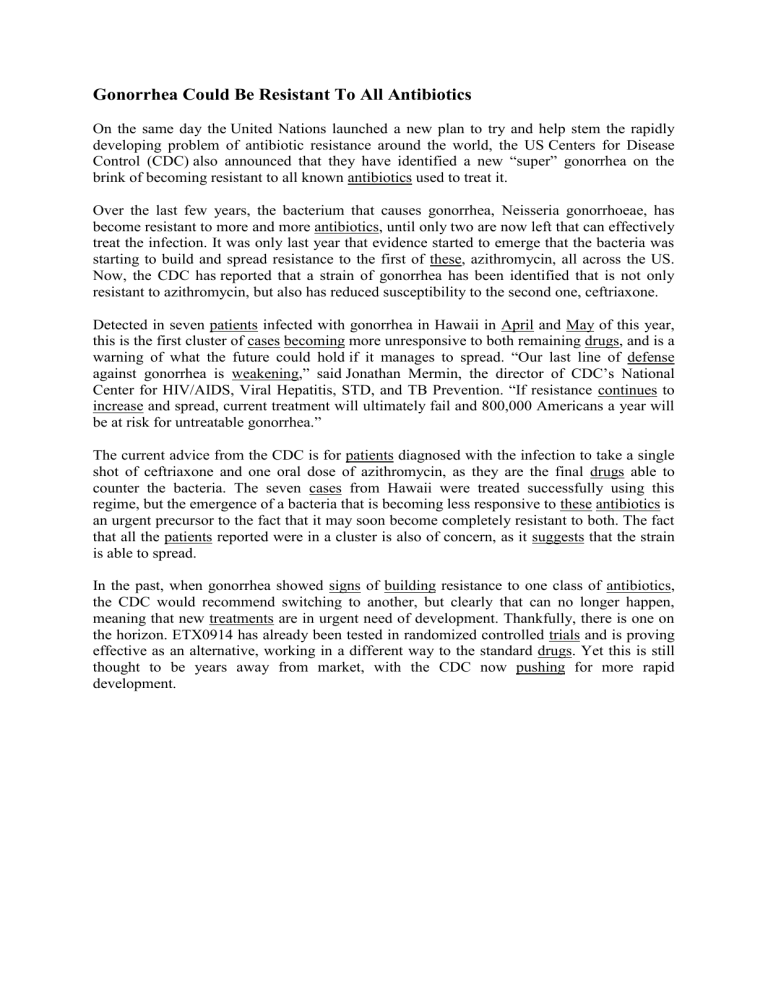
Gonorrhea Could Be Resistant To All Antibiotics On the same day the United Nations launched a new plan to try and help stem the rapidly developing problem of antibiotic resistance around the world, the US Centers for Disease Control (CDC) also announced that they have identified a new “super” gonorrhea on the brink of becoming resistant to all known antibiotics used to treat it. Over the last few years, the bacterium that causes gonorrhea, Neisseria gonorrhoeae, has become resistant to more and more antibiotics, until only two are now left that can effectively treat the infection. It was only last year that evidence started to emerge that the bacteria was starting to build and spread resistance to the first of these, azithromycin, all across the US. Now, the CDC has reported that a strain of gonorrhea has been identified that is not only resistant to azithromycin, but also has reduced susceptibility to the second one, ceftriaxone. Detected in seven patients infected with gonorrhea in Hawaii in April and May of this year, this is the first cluster of cases becoming more unresponsive to both remaining drugs, and is a warning of what the future could hold if it manages to spread. “Our last line of defense against gonorrhea is weakening,” said Jonathan Mermin, the director of CDC’s National Center for HIV/AIDS, Viral Hepatitis, STD, and TB Prevention. “If resistance continues to increase and spread, current treatment will ultimately fail and 800,000 Americans a year will be at risk for untreatable gonorrhea.” The current advice from the CDC is for patients diagnosed with the infection to take a single shot of ceftriaxone and one oral dose of azithromycin, as they are the final drugs able to counter the bacteria. The seven cases from Hawaii were treated successfully using this regime, but the emergence of a bacteria that is becoming less responsive to these antibiotics is an urgent precursor to the fact that it may soon become completely resistant to both. The fact that all the patients reported were in a cluster is also of concern, as it suggests that the strain is able to spread. In the past, when gonorrhea showed signs of building resistance to one class of antibiotics, the CDC would recommend switching to another, but clearly that can no longer happen, meaning that new treatments are in urgent need of development. Thankfully, there is one on the horizon. ETX0914 has already been tested in randomized controlled trials and is proving effective as an alternative, working in a different way to the standard drugs. Yet this is still thought to be years away from market, with the CDC now pushing for more rapid development. Antibiotics These Patients April May Cases Becoming Remaining Drugs Defense Weakening Continues Increase Signs Building Treatments Trials Pushing : antibiotik : ini : pasien : april : mei : kasus : menjadi : sisanya : obat : pertahanan : memperlemah : berlanjut : meningkat : tanda : bangunan : pengobatan : pemeriksaan : mendorong Gonore Bisa Jadi Tahan Untuk Semua Antibiotik Pada hari yang sama PBB meluncurkan rencana baru untuk mencoba dan membantu membendung masalah berkembang pesat resistensi antibiotik di seluruh dunia, Centers for Disease Control (CDC) juga mengumumkan bahwa mereka telah mengidentifikasi baru "super" gonore pada ambang menjadi resisten terhadap semua antibiotik yang dikenal digunakan untuk mengobatinya. Selama beberapa tahun terakhir, bakteri yang menyebabkan gonore, Neisseria gonorrhoeae, telah menjadi resisten terhadap lebih dan lebih banyak antibiotik, sampai hanya dua sekarang kiri yang dapat secara efektif mengobati infeksi. Itu hanya tahun lalu bahwa bukti mulai muncul bahwa bakteri mulai membangun dan menyebarkan perlawanan terhadap yang pertama ini, azitromisin, di seluruh Amerika Serikat. Sekarang, CDC telah melaporkan bahwa strain gonore telah diidentifikasi yang tidak hanya tahan terhadap azitromisin, tetapi juga telah mengurangi kerentanan terhadap kedua, ceftriaxone. Terdeteksi pada tujuh pasien terinfeksi gonorrhea di Hawaii pada bulan April dan Mei tahun ini, ini adalah cluster pertama kasus menjadi lebih responsif terhadap kedua obat yang tersisa, dan merupakan peringatan dari apa masa depan bisa terus jika berhasil menyebar. "Baris terakhir kami pertahanan terhadap gonore melemah," kata Jonathan Mermin, direktur CDC Pusat Nasional untuk HIV / AIDS, Viral Hepatitis, STD, dan Pencegahan TB. "Jika resistance terus meningkat dan menyebar, pengobatan saat ini pada akhirnya akan gagal dan 800.000 orang Amerika tahun akan beresiko untuk gonore tidak dapat diobati." Saran saat ini dari CDC adalah untuk pasien yang didiagnosis dengan infeksi untuk mengambil satu tembakan dari ceftriaxone dan satu dosis oral azitromisin, karena mereka adalah obat akhir mampu melawan bakteri. Tujuh kasus dari Hawaii berhasil diobati menggunakan rezim ini, tapi munculnya bakteri yang menjadi kurang responsif terhadap antibiotik tersebut merupakan prekursor mendesak untuk fakta bahwa itu akan segera menjadi benar-benar tahan terhadap keduanya. Fakta bahwa semua pasien melaporkan berada di cluster juga menjadi perhatian, karena menunjukkan bahwa strain ini mampu menyebar. Di masa lalu, ketika gonore menunjukkan tanda-tanda bangunan resistensi terhadap satu kelas antibiotik, CDC akan merekomendasikan beralih ke yang lain, tapi jelas bahwa tidak bisa lagi terjadi, yang berarti bahwa pengobatan baru yang membutuhkan pembangunan. Untungnya, ada satu di cakrawala. ETX0914 telah diuji dalam uji acak terkendali dan terbukti efektif sebagai alternatif, bekerja dengan cara yang berbeda terhadap obat standar. Namun ini masih dianggap tahun jauh dari pasar, dengan CDC sekarang mendorong pembangunan yang lebih cepat.
